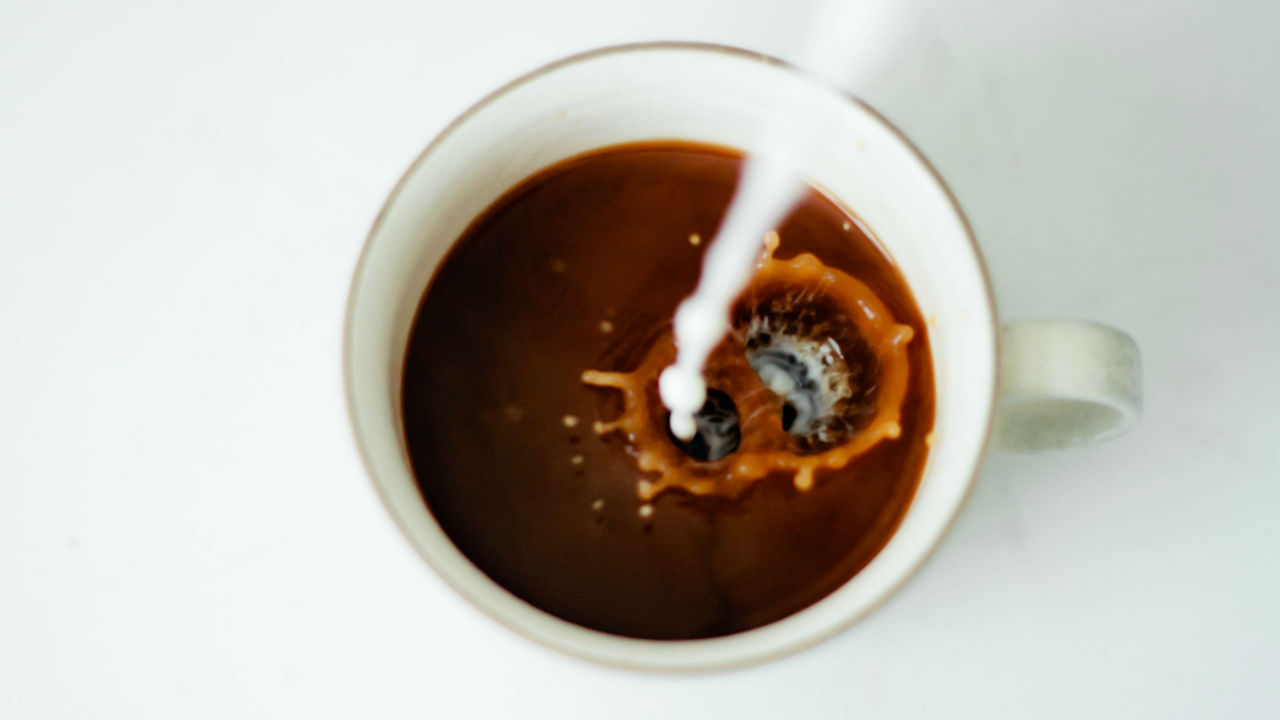Are breast self-examinations (BSE) really important? Some medical experts disagree on this point.
Some argue BSEs cause more problems by making nervous patients run to the doctor more often and annual medical exams performed by doctors are just as effective in finding cancer. Others consider BSEs as an option for women, but still advise that individuals talk to their attending physician.
So if you are comfortable with continuing to do BSEs or want to begin to do them, it is important to know a few facts about this procedure. First, this procedure is done to try to detect any breast changes or problems as early as possible. Remember, the annual regular clinical breast examinations (CBE) and mammograms (for those 40 years of age and older) are still needed. And even those with breast implants need to be instructed by their physician on how to perform BSEs because implants do not prevent cancer.
The Method
When: One week after cycle begins, or for those without cycles, do BSEs the same time of the month.
Why: Breasts are least likely to be tender.
How: Remove all clothes, at least from the waist up and lie down (laying makes it easier to feel any changes).
Using the surface of your fingers while moving in coin-like circles, use the opposite hand to check the opposite breast (i.e., left hand to right breast).
It is also recommended to check your breast in lengthwise stripped patterns as well, from collarbone to bra line and from armpit to breastbone.
BSEs can be done in the shower as well. Place one arm over your head, using the same spiral motion with the surface of your fingers over your breast with your hand.
What to Expect
Most breasts have some lumps or thickness, so don’t be alarmed if you find some. When you become familiar enough with your breasts, any new lumps will stand out. Normal breasts may secrete a milky discharge, depending on whether your nursing, hormonal, over stimulated (as during sexual activity) or some other natural cause.
There is also a firm ridge in the lower curve of each breast, which is normal, according to WebMD.
What is considered abnormal is any new lump – painful or not. Are there any unusually thick areas? Is the discharge from your nipples green, bloody or sticky? Watch for changes in the breast skin like puckering or even the inverting of the nipple.
It is important to remember that if you sense the need to be proactive in the care of your breasts, breast self-examinations are what you need to do. You know your body and preserving it is worth any preventive measures.
Good health to you!
Resource: WebMD
Dita Faulkner is a freelance writer. Please preview her poetry at:
http://www.lulu.com/product/paperback/red-toenails/6181258?productTrackingContext=search_results/search_shelf/center/1





Add a Comment2 Comments
I'm a 'learn-by-doing' person too. I can see your point. Thanks.
April 21, 2010 - 7:55pmThis Comment
Dita - Thanks for this comprehensive post explaining how to do self breast exams. The best method that I've ever seen of explaining this was a demonstration by a registered nurse who used a model of a woman's torso with lumps in her breasts. In addition to verbal instructions we were able to actually feel the lumps in the life-like model and the differences between normal and abnormal findings. It would be helpful if more women were able to have this type of experience. Pat
April 21, 2010 - 5:26pmThis Comment